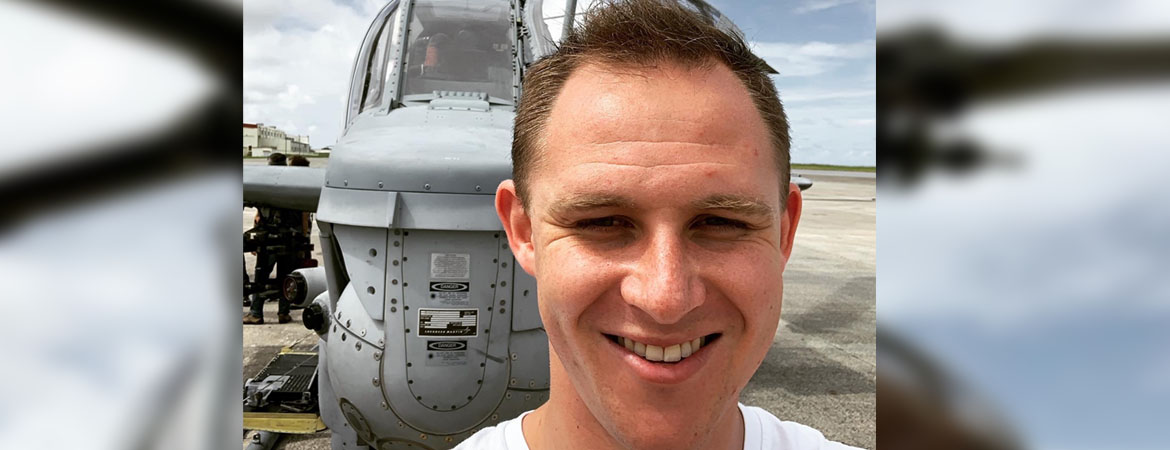Defence Connect journalist Steve Kuper travelled to Okinawa, Japan, to get an insiders look at the Bell AH-1Z Viper attack helicopter operated by the US Marines and currently in the running to replace Australia’s ARH Tiger helicopters.

Travelling to Okinawa in late September, Defence Connect deputy editor Steve Kuper spoke with the Marines and Bell, manufacturer of the AH-1Z Viper attack helicopter.
The US Marines are widely held as one of the world’s premiere expeditionary fighting forces, holding a proud history of being the “first to fight” whenever their country calls upon them.
Supporting the men and women behind the Corps is the kit that makes every Marine an invaluable capability for American policy makers, and the AH-1Z Viper attack helicopter is emerging as a pivotal piece in the puzzle.
Travelling to Okinawa in late September, Defence Connect deputy editor Steve Kuper spoke with the Marines and Bell, manufacturer of the AH-1Z, elaborated on the capability offering and how they see the platform fitting into the Australian Army.
Kuper said: “The trip to Okinawa provided a great opportunity to get a brief from the Marines who operate and sustain the Viper helicopters; it was a great opportunity to understand how these platforms would support the shifting doctrine of the Australian Army.”
A key focus of this included the ‘out of the box’ expeditionary capability offered by the Vipers, allowing the aircraft to be deployed immediately on the Navy’s LHDs or in the Air Force’s C-17 Globemasters in half an hour.
The Marines reinforced the importance of the built in rugged, marinisation of the platform and just what a force multiplying platform the Viper is for the Marines, and could be for the Australian Army.
“A key focus for the Marines, many of whom had been deployed as part of the Marine Rotational Force – Darwin (MRF-D), was interoperability, with an Australian selection of the Viper playing an important role in expanding the interoperability of the Australian Army and Marines,” Mr Kuper said.
During the visit to Marine Corps Air Station Futenma, the Marines also discussed the proud shared history of the Australian Army and the Marines and reiterated the importance of the relationship.
“It was heartening to see the esteem in which the Marines hold Australia and the friendship between the two nations,” Kuper added.
While it was a flying visit, the trip was an important one, providing further context for Australia’s LAND 4503 program to replace the ARH Tiger helicopters and fulfil a key tactical and strategic capability for the Australian Army.
“The hospitality of the Marines was a highlight, as was the esteem in which they held the Viper as a fundamental piece of equipment that would provide the Australian Army with a world-class capability,” Mr Kuper said.